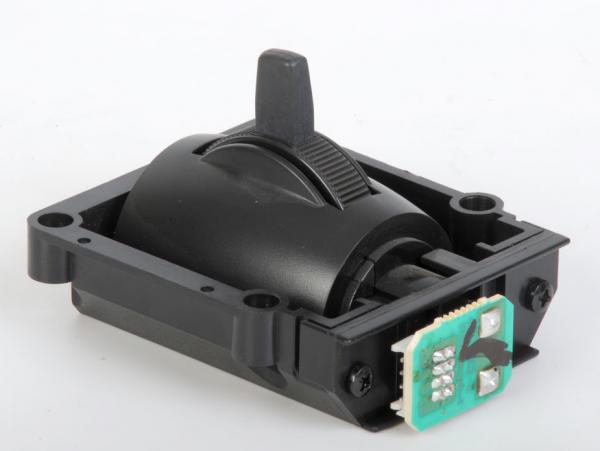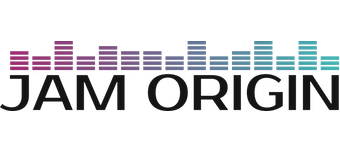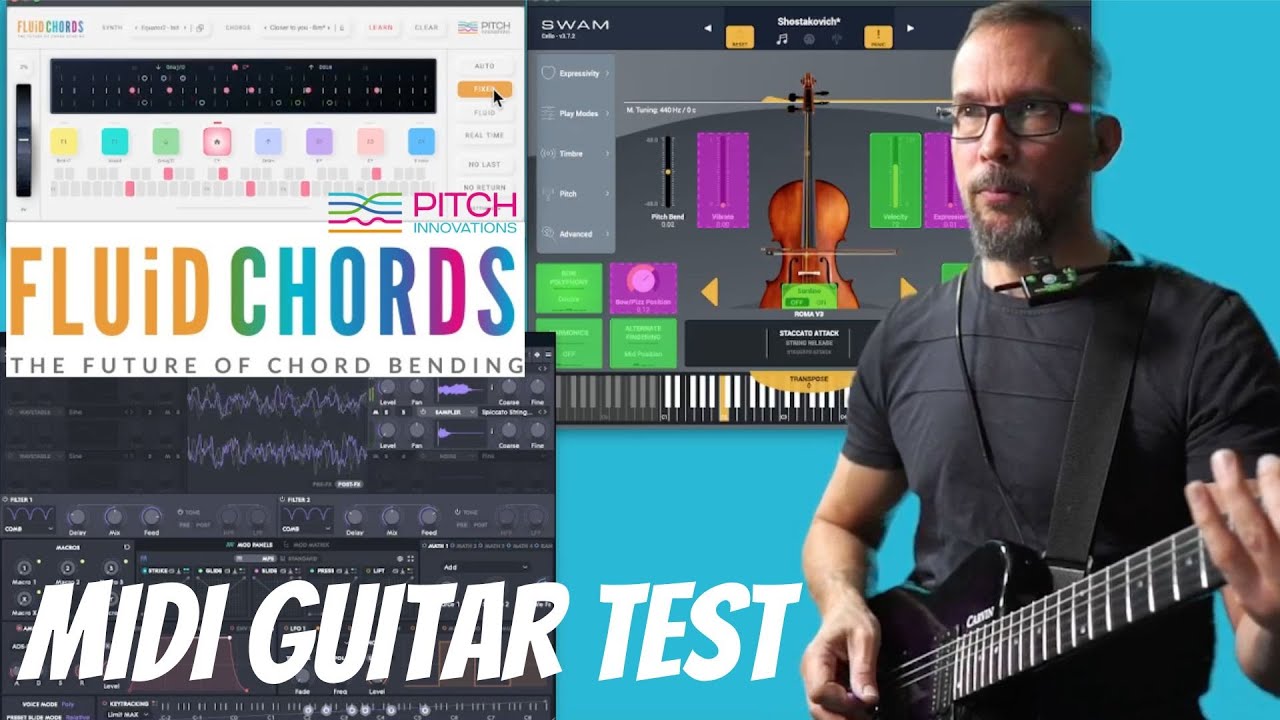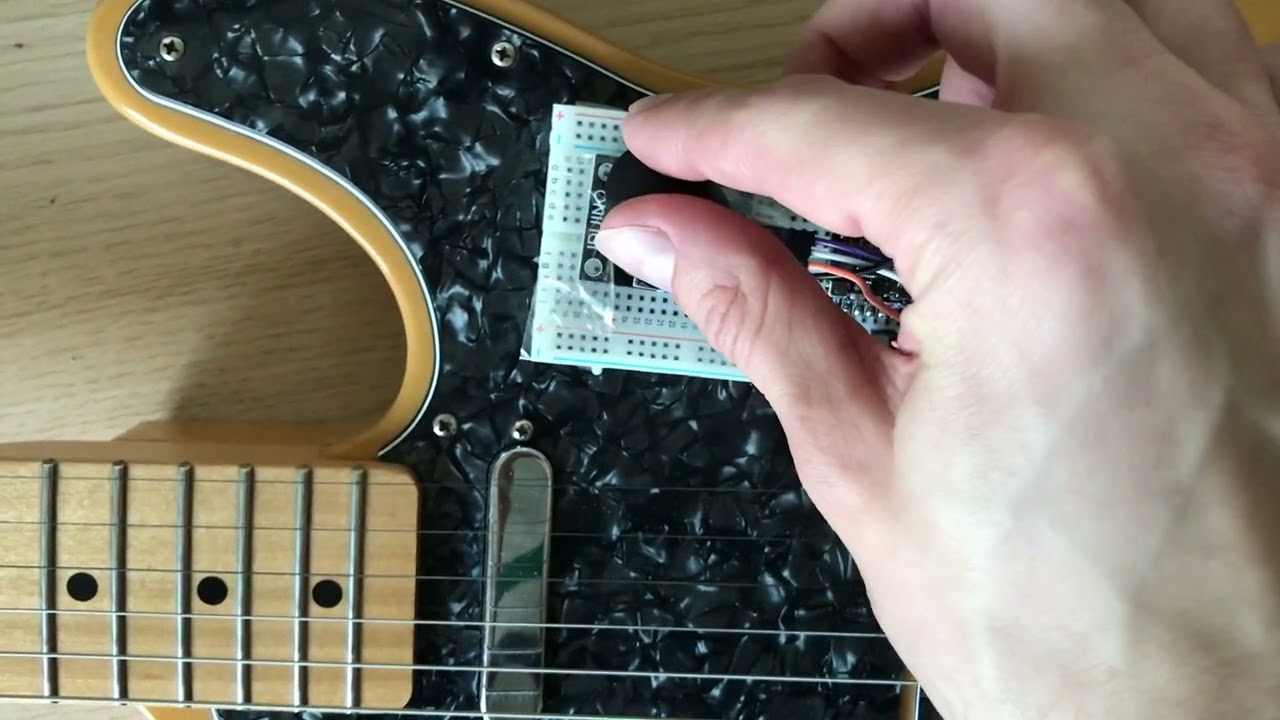Hi, I’ve found this Mini PitchBender, it looks like it could be useful for pitch bends and other modulations, and it also looks to be easy to attach to a guitar.
Has anyone tried something like it or know of any similar devices?
Hi @Mizmiz
I am always up for new tech, and new ideas. So I would be most interested in hearing about what your ideas and intentions with such a device would be. I mean, in what ways does this pitch-bender do things that normal string bends can’t?
I experimented with this Fluid Chords software myself to achieve some stuff you really can’t do without with just stringbending.
Things you could possibly do with it what MG2 can’t alone with only a guitar:
-
Pitch bend both up and down (cheaper to buy something like this than a new guitar with a whammy bar)
-
Polyphonic pitch bend
-
Playing convenience (faster to move the joystick compared to bending the string)
-
MG2 would not need to interpret the bends, so you don’t have to worry with pre bend midi machine, etc.
How do you get that to create polyphonic bends?
Don’t you just need a VST with MPE capabilities and something like that external device to send the pitch bend cc message?
The MPE protocol sends PB values per notes on a spread of different MIDI channels. (2-15) A MPE capable VST is just equipped to receive and interpret such messages.
"MPE specifies the MIDI messages used for three dimensions of control, regardless of how a particular controller physically expresses them. MIDI channel 1 is used as a master channel for global pitch bend, aftertouch, etc.; MPE utilizes MIDI channels 2-15 for the remaining controller data "
MG2 sends all its MIDI on Ch 1 (or at least on a single channel) and could at best utilize that joystick to send global pitch bend. So no, you need something that ties a certain pitch bend action to a certain note an send that on a particular channel (2), separate from the next note that is played at approximately the same time, that has its own pitch bend information and is sent on another MIDI channel (3) This is the basis for the polyphonic bends.
That might be really neat to set up with a Digitech Whammy (since most or maybe all have midi) or tie to VSTs such as other pitch bend vsts sustain or wah vsts. Thanks for the heads up!
You should be able to do something similar with a Korg Kaoss Pad attached to your guitar (or at least an XY pad), though this would be a much cheaper alternative and smaller to boot. Muse does something similar a lot of the time with their guitars. Here’s a link to a guitar shop that sells XY pads modded into guitars but its a lot more expensive than those mini pitchbenders: Musician Madness
fwiw, i sawed off the xy controller from a korg nanopad and attached it to a guitar. it’s a lot smaller than the kaoss pad.
pitchbend was pretty difficult. xy control of korg synths wasn’t too bad.
my conclusion is that if an xy surface is small enough to fit on the guitar, it probably doesn’t have the necessary resolution for pitchbends.
also it’s difficult to hit the exact center and so the pitch will be kind of jumpy. this could probably be addressed with midi curves.
I’ve tried using a dualshock4 as a separate midi controller to see if it would work for polyphonic pitch bends and it did. Maybe I’ll try making something like that with Arduino
Cool! But that is exactly what I would expect you’d get out of that MINI PitchBender as well. Even if you are bending all the notes it is not polyphonic in the same sense as when we are talking about it in MPE speak. You don’t send individual bend messages to each note here, so in that way it is not “polyphonic”. But it is nevertheless a cool feature! ![]()
So I bought one of these, just received it today. There’s some aspects of it I haven’t quite figured out yet, like if I can control a Digitech Whammy DT with it or not, which might be pretty neat. The pitch bends I’ve been able to do with it via vsts this far have been a little inconsistent, probably due to the resolution mentioned above…however I might be using it wrong. Also, worth noting, I’ll keep it regardless for at least strange glitchy random octave bending solos. Might be useful for improv in that respect! That said, I’ll report more about it as I figure it out. I also need to find a wah wah vst to pair with it to see how it goes if anyone has any ideas! I get the feeling the closest we can currrently get to MPE pitch bending btw (I could be wrong) is with separate string tech. ![]()
the kuassa efektor wah might work for you. i bought it but haven’t tried it out yet.
Has anyone ever tried to use a trackball mouse attached to a guitar to control pitch, wah wah etc? Seems like that might be another avenue with the drawback of needing to see the screen I suppose to operate it properly. If you have do you have a preferred trackball mouse for this?
I did buy the Kuassa efektor wah (looks like they also have a pitch shifter for those looking), which seems pretty nice and I’m sure I’ll find a use for it, but also doesn’t work too well with the mini midi joy stick though I honestly still haven’t spent enough time with it, been extremely busy. Most of my tests have been with midi learn, which is what I usually use in Reaper for changing midi parameters. Just need to do a deep dive still. Resolution wouldn’t probably be any different when using midi learn anyway though, right?
edit: this looks neat too! ATEMP Production
here’s a couple of force sensitive resistors controlling kuassa’s ‘whammo’.
also a bit of their ‘meloditron’ and an ancient freeze effect.
the fsr’s are pretty effective when zeroing in on the octave, but the mid point of the range is kind of sketchy.
That’s really cool!! ![]()
Made this little prototype. One axis is used for pitch bend, the other axis is split into two to control different parameters (vibrato and opening the filter in the video).
it’s a rabbit hole.
pitch, modulation, filter, delay tail/drywet and crossfade guitar/synth are probably the key controls.
having a single joystick with multiple modes requires less space, but would probably cause non-musical results when switched. (sometimes one will not want center return to be active)
so, install 3 or 4 joysticks? that seems impractical.
another issue with the joysticks is that they don’t hit the corners, which limits their usage in controlling synths/effects with xy pads.
i’m not anti-joystick, they’re effective and responsive and those which can be clicked are even better. but where does one stop?
(i clearly spend too much time thinking about these things)
I’ve been testing with different joysticks, I have one where you can change whether an axis returns to the center or not.
What do you mean by “they don’t hit the corners”? This one I made can send out the full values of 127 on both axes if you point it to a corner. I’ve been looking at some gimbal joysticks, which have a moving area of a square instead of a circle like in the example I’ve posted.
I have some different design ideas, but the waiting for different parts to test is really slow until I get them delivered.
i’ve tried three of the cheaper joy/thumbstick options. none of them would hit the corners (ie: 0,0 127,0 0,127 and 127,127).
i tried reducing the range but that didn’t really help (ie: receive 110,110, output 127,127).
waiting for parts is the worst.
maybe there are other options, but if a midi guitarist wants to play a keith emerson type solo, i think some sort of onboard control is required. foot pedals alone won’t suffice.
the joystick from the korg micro-x appeals to me:




